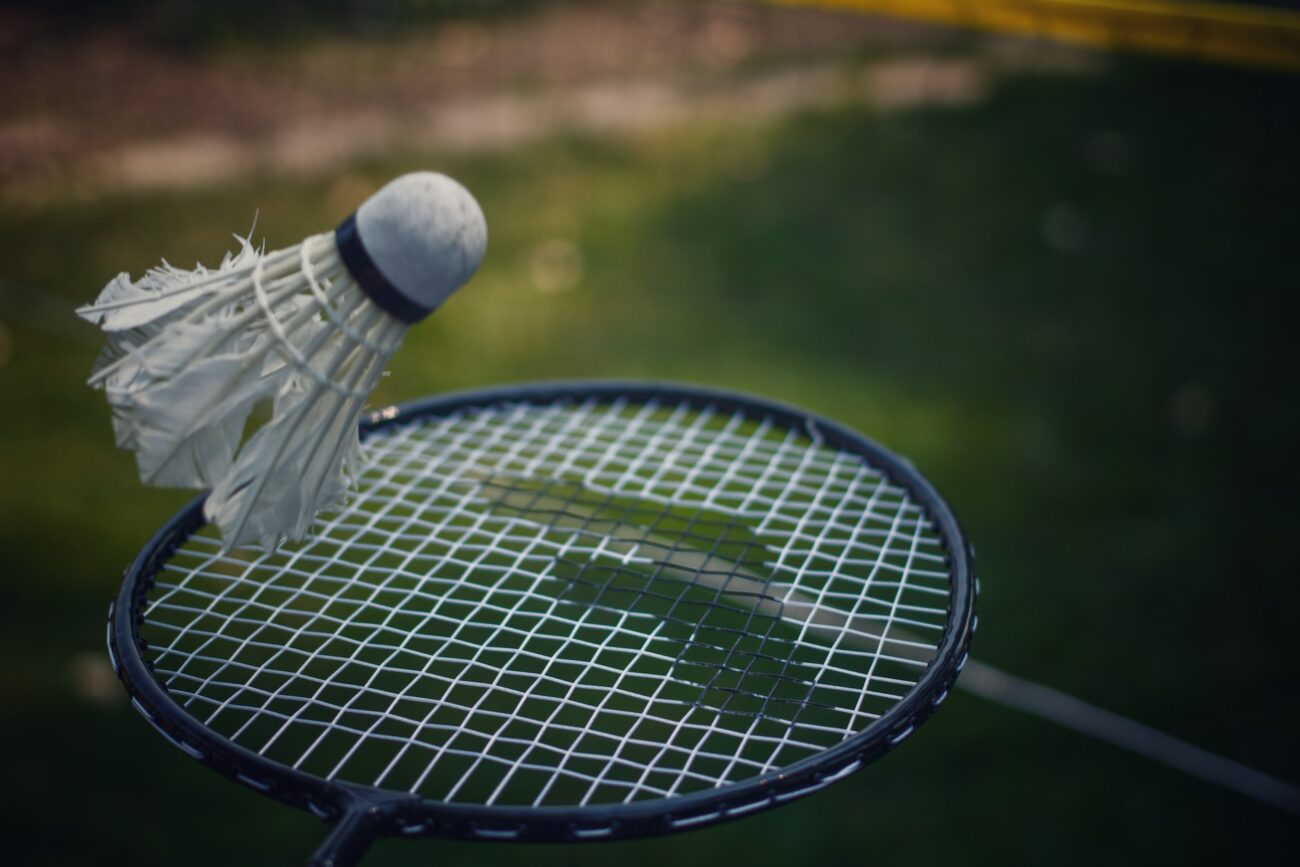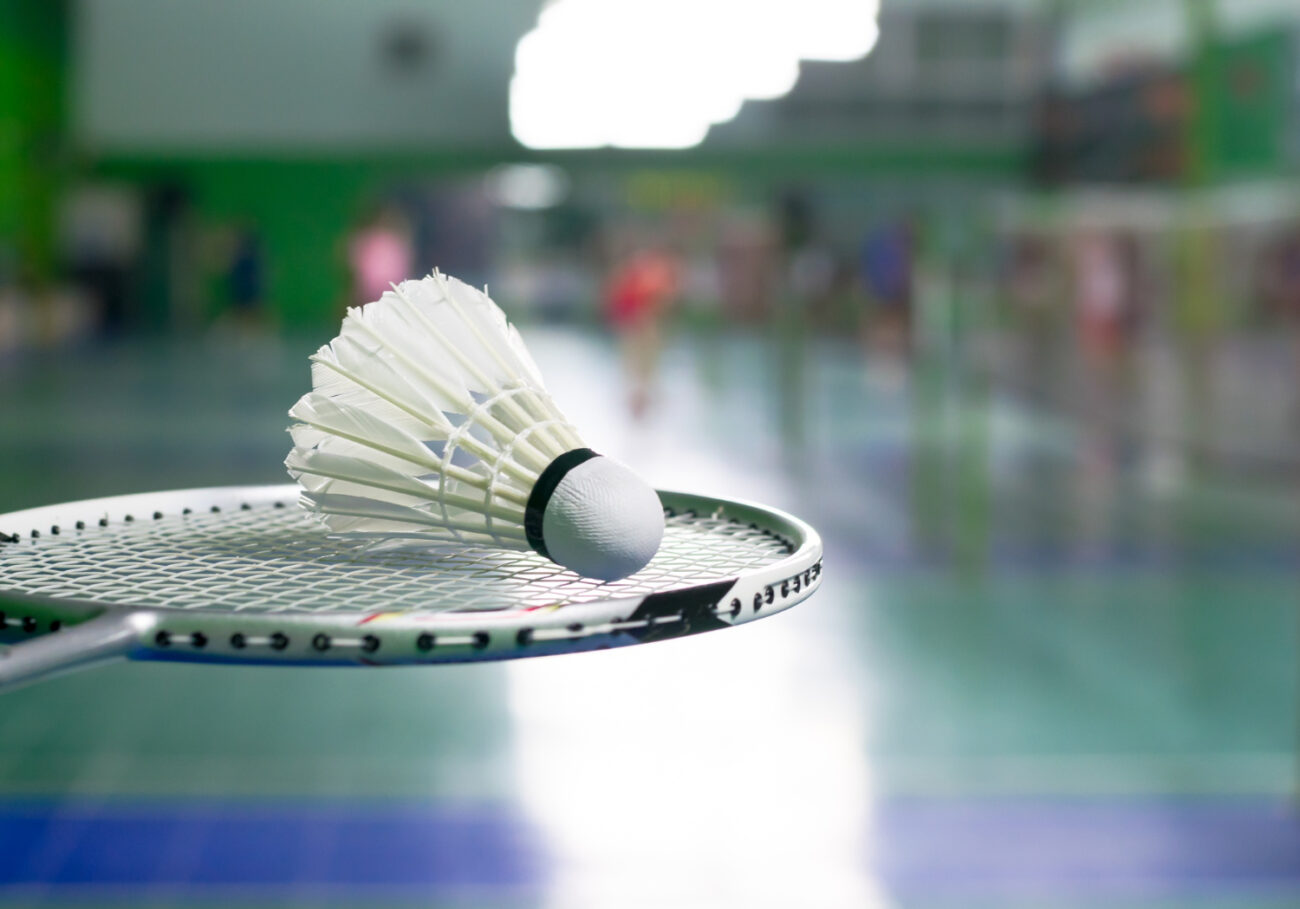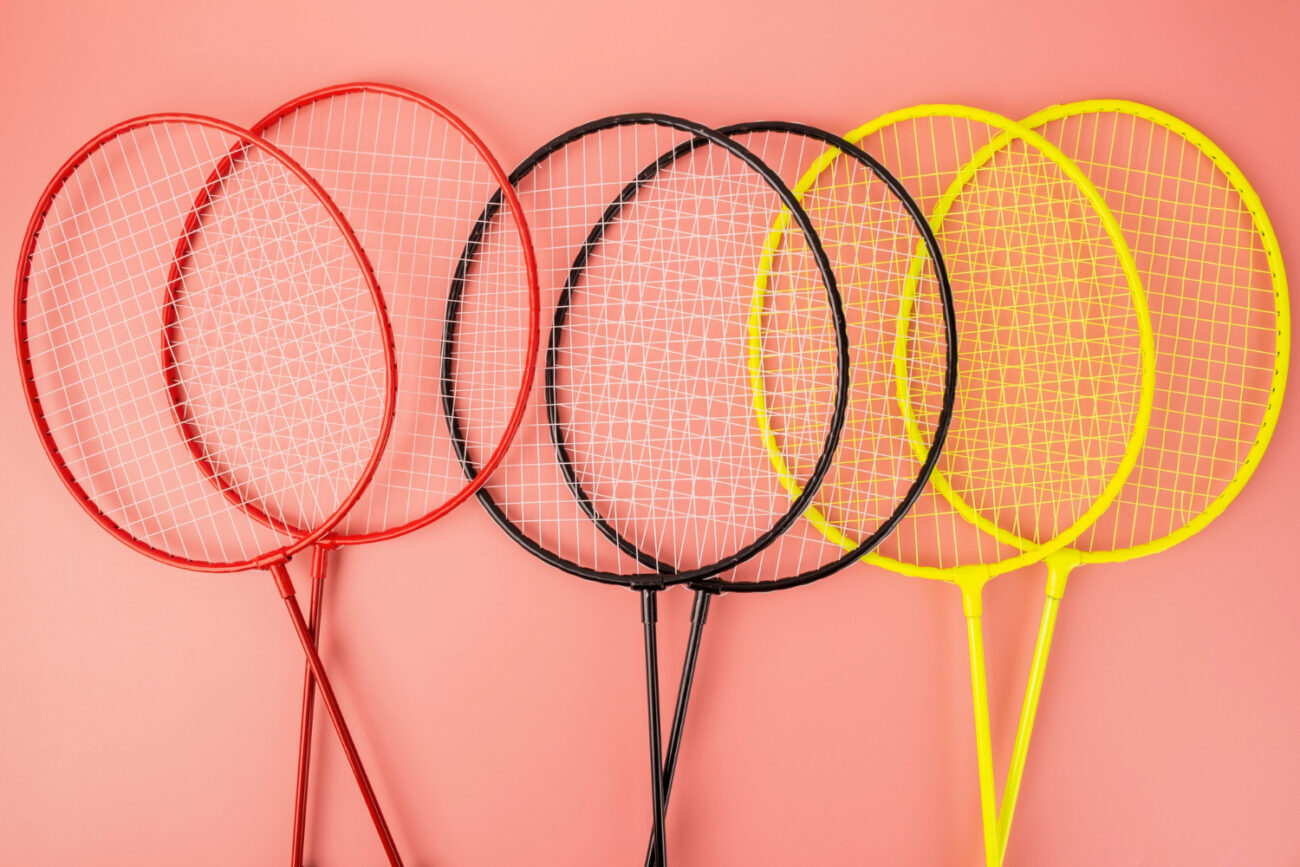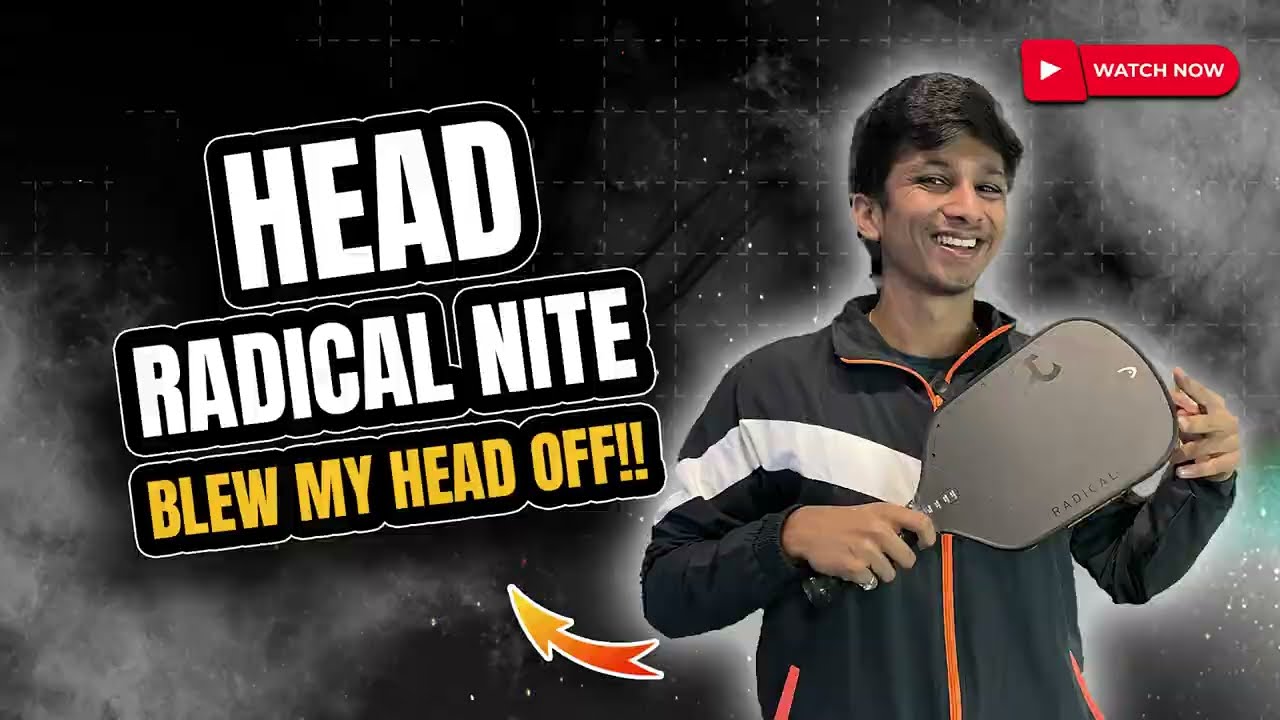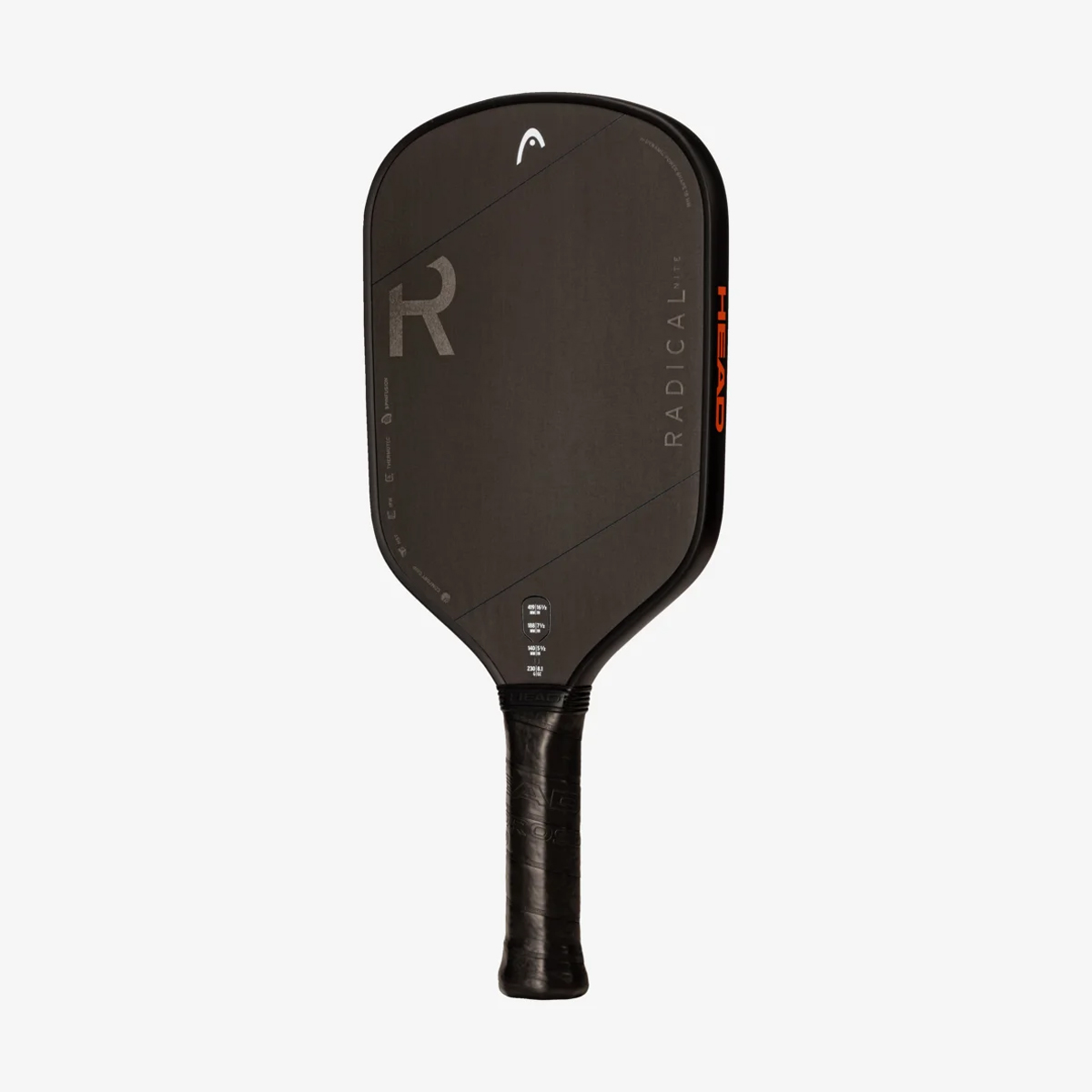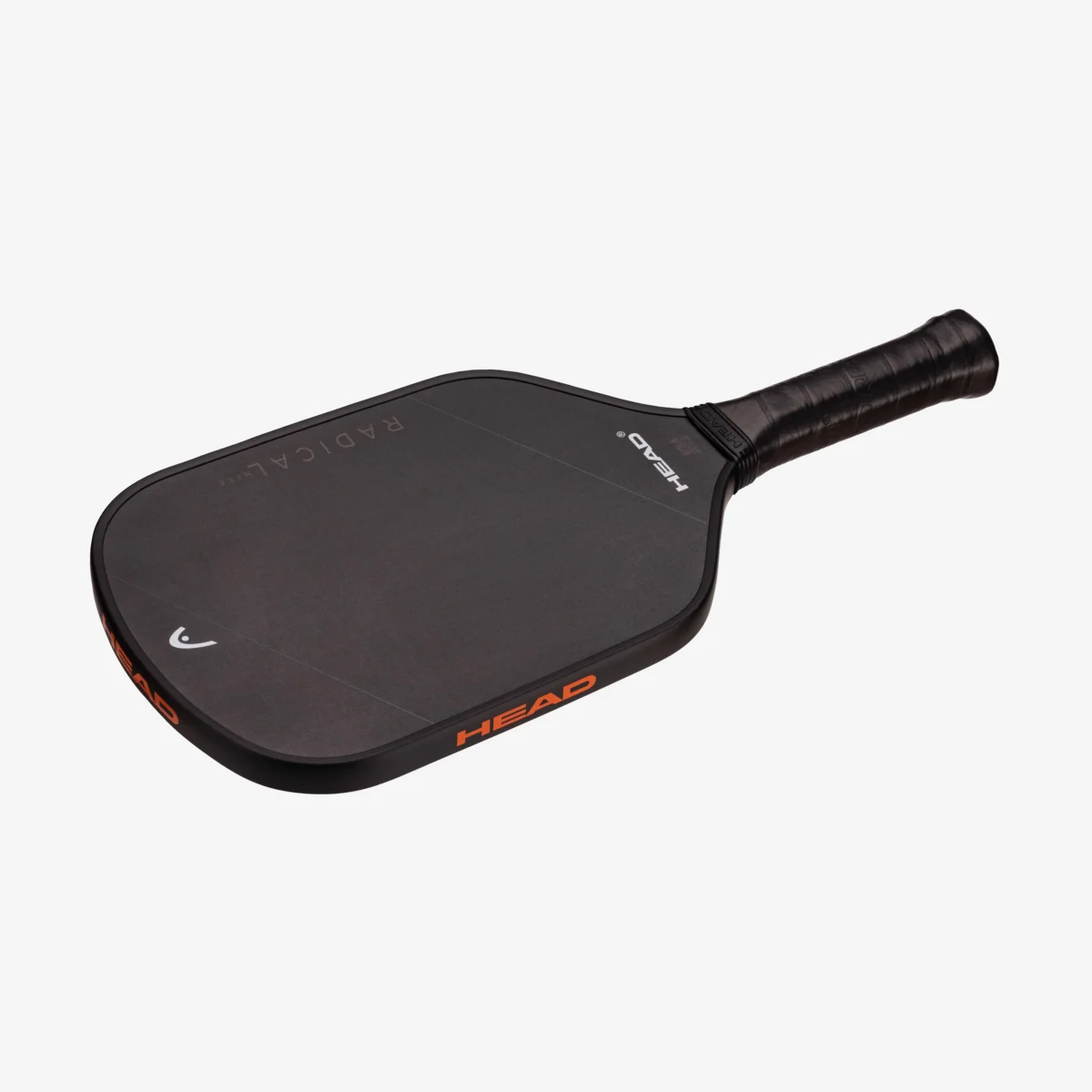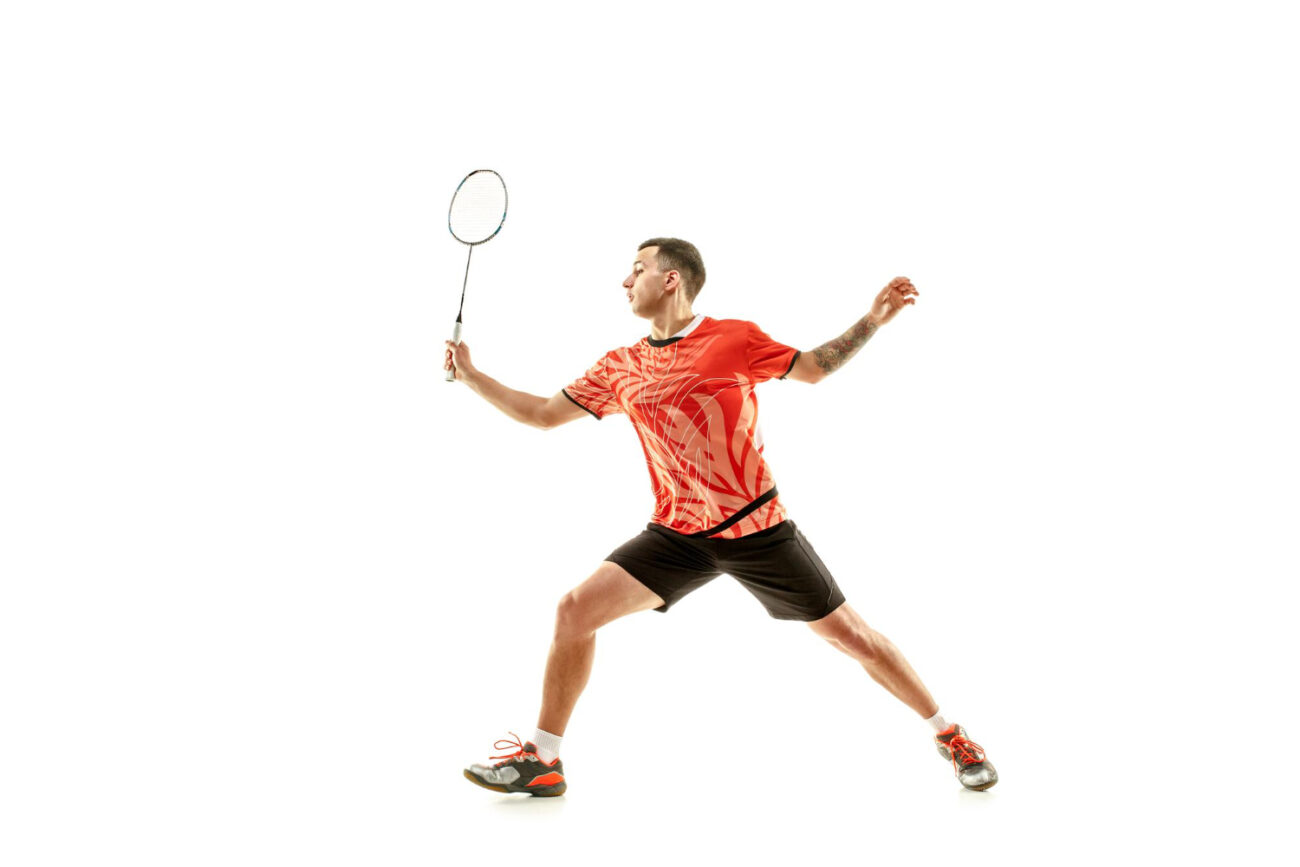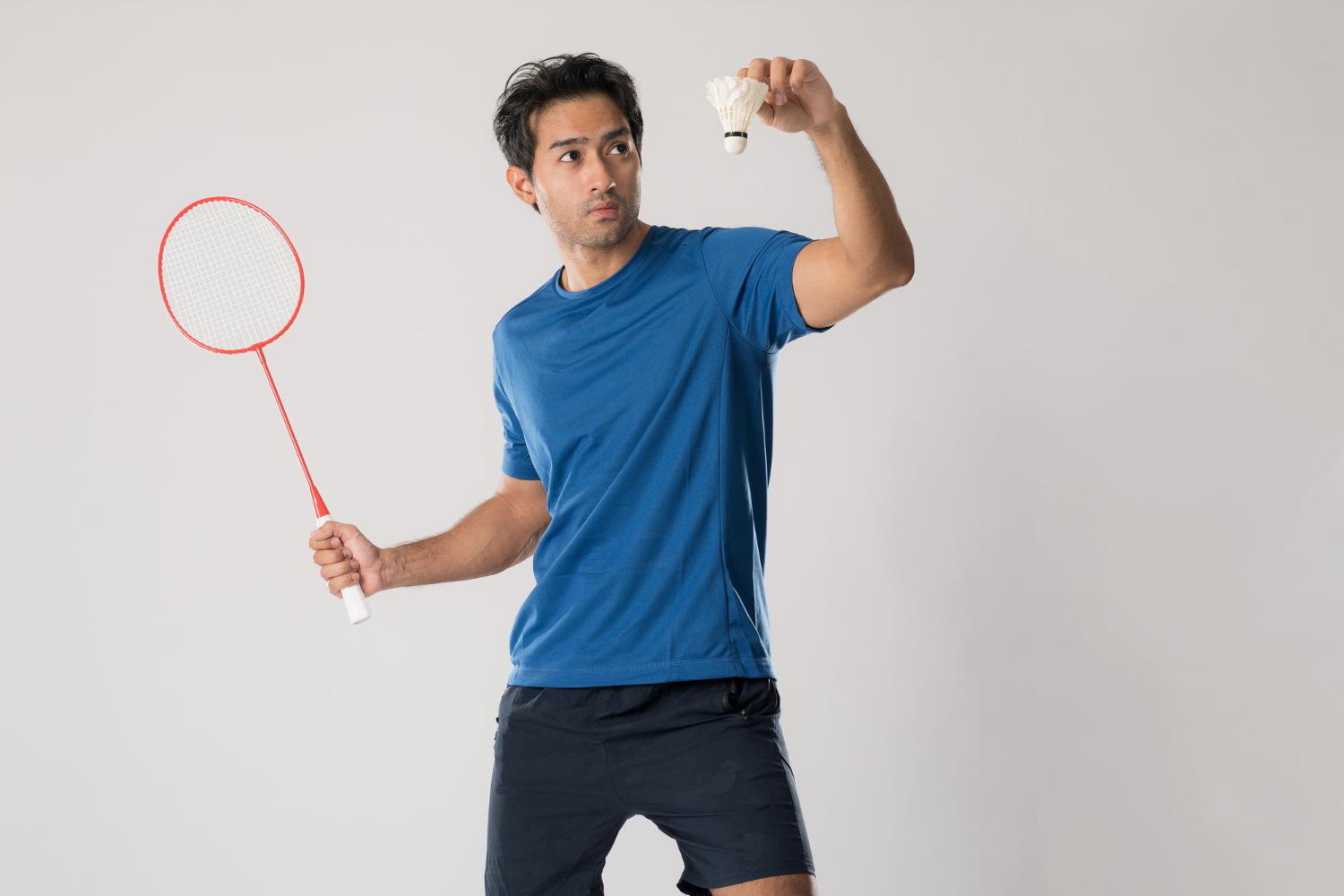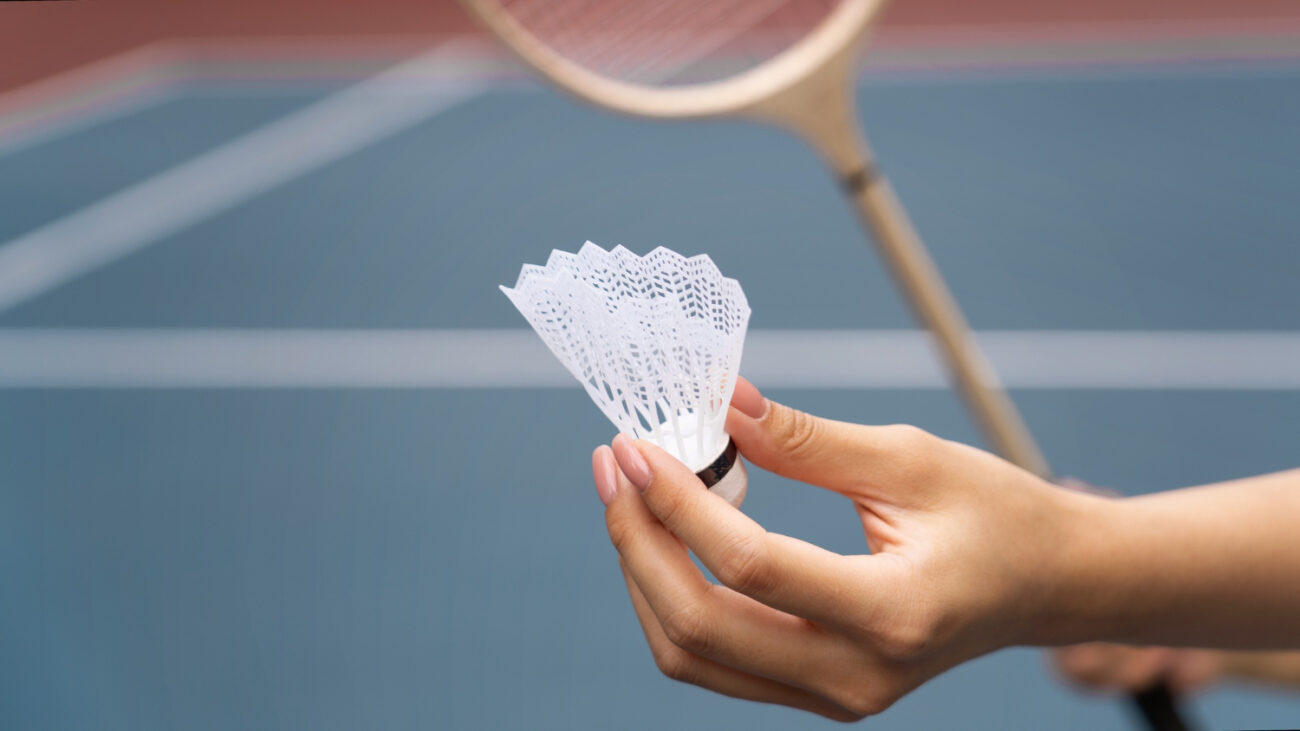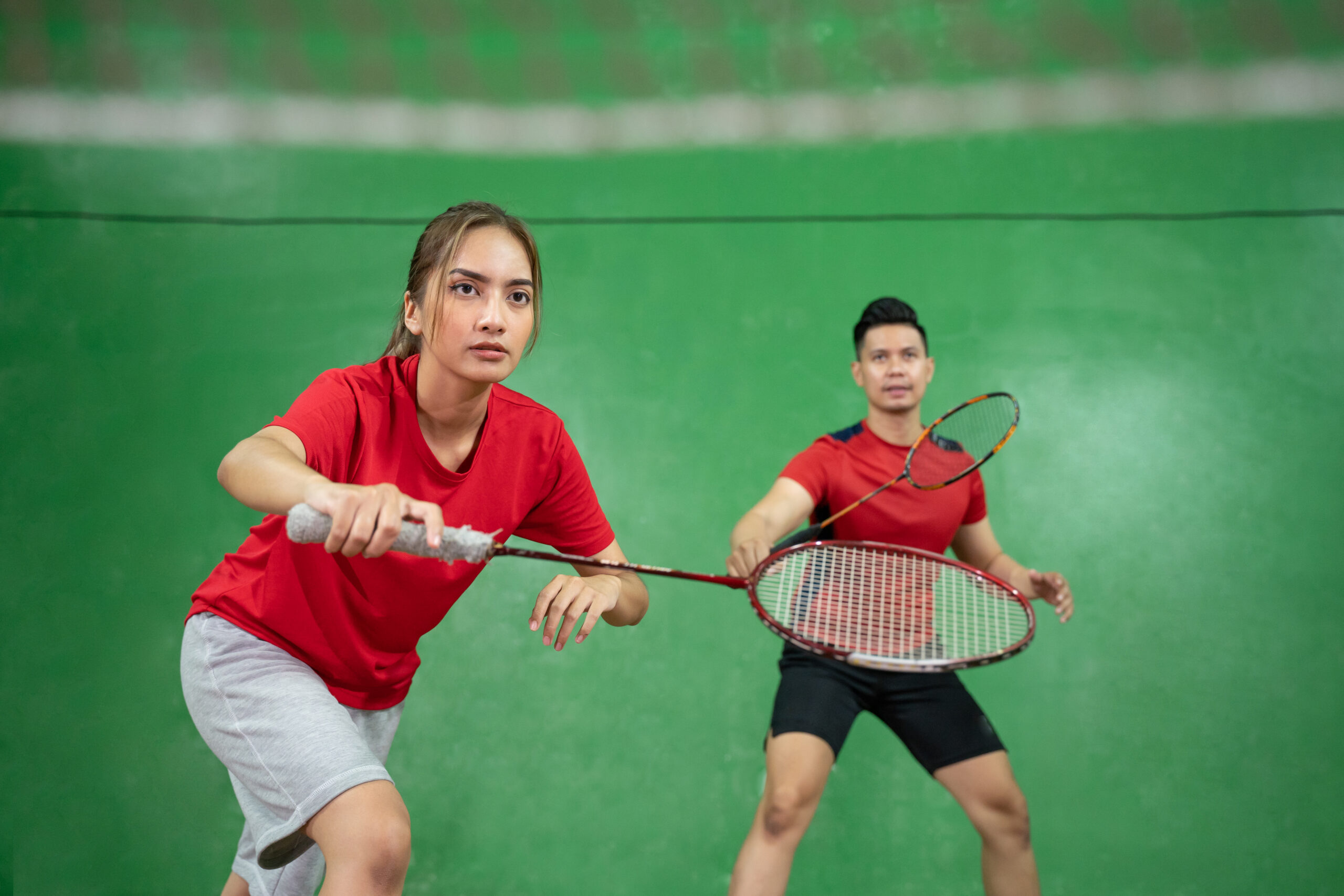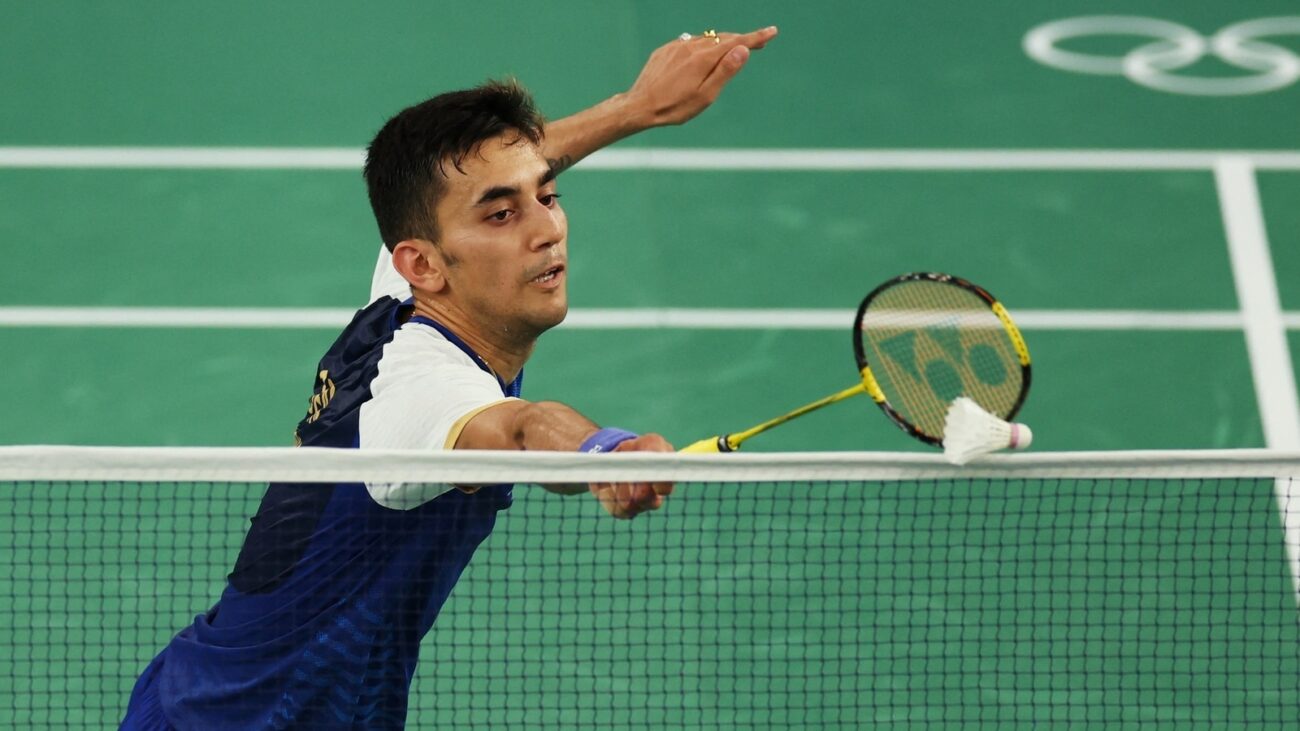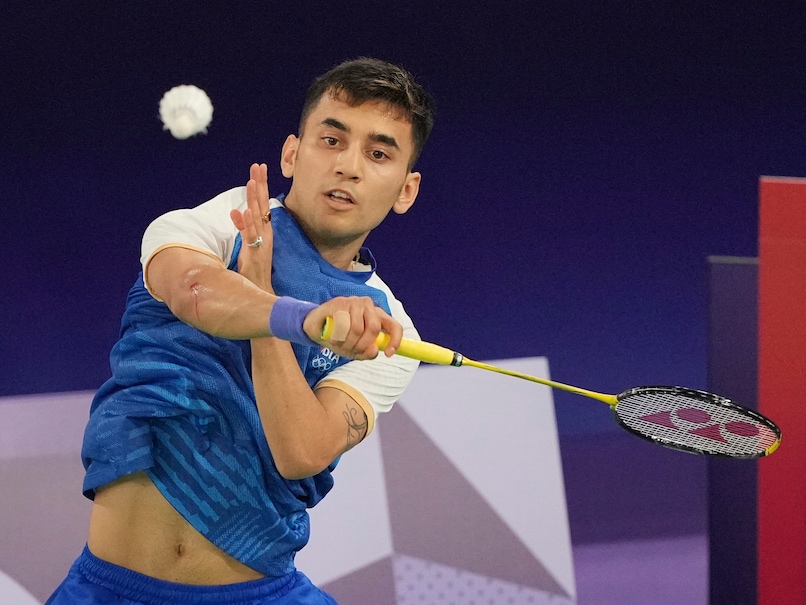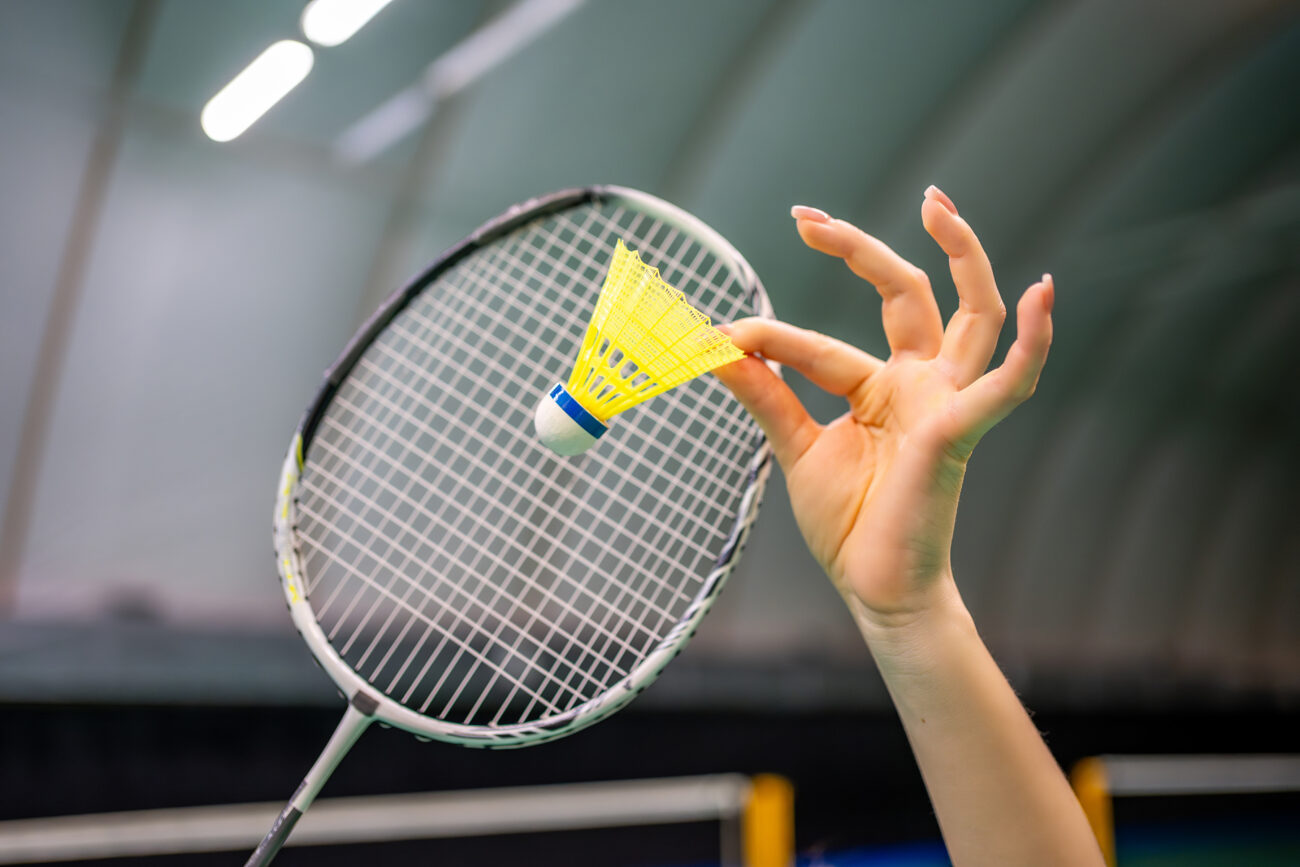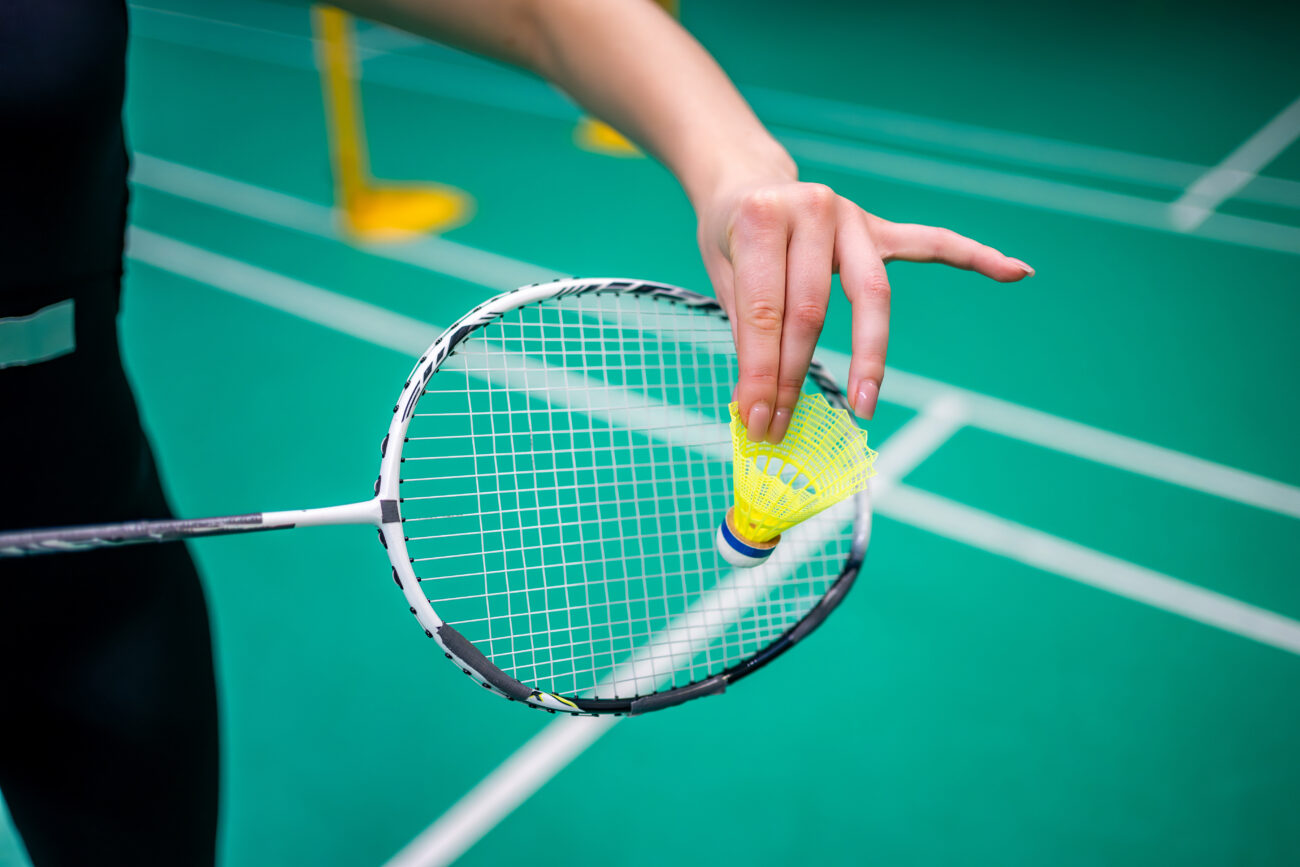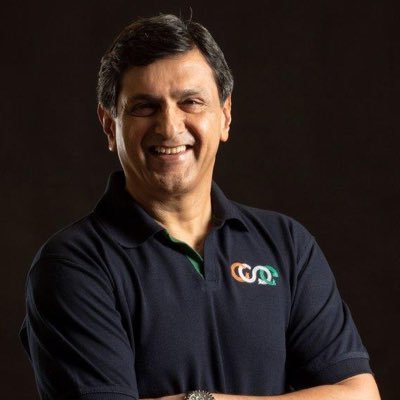Top 10 Best Badminton Rackets for Professionals
Badminton, a sport revered for its lightning-fast pace and mesmerizing skill, demands equipment that complements its dynamic nature. At the heart of every professional badminton player’s arsenal lies a trusty racket, engineered to deliver precision, power, and finesse. With numerous exceptional options available, selecting the ideal racket can be daunting. Here, we’ll delve into the crème de la crème of professional badminton rackets, highlighting their unique features and benefits.
The Ranking Criteria are based on Performance, Durability, Maneuverability, Player reviews, and the type of Innovation of the specific badminton rackets.
Top 10 Best Pro/Professional Badminton Rackets:
1. Yonex Voltric Z-Force II
The Yonex Voltric Z-Force II is a high-end badminton racket for power players seeking maximum smash power and control. It’s a popular choice among professional and advanced players.
Specialties of Yonex Voltric Z-Force II
- Tri-Voltage System: Enhances power and control by optimizing frame, shaft, and string tension.
- Nanometric DR: Improves racket durability and resilience.
- Aero+Box Frame: Reduces air resistance and enhances smash power.
- New Grommet Pattern: Increases string tension and improves control.
Key Features of Yonex Voltric Z-Force II
– Weight: 3U (85-95g)
– Balance: Head-Heavy
– String Tension: 20-28 lbs
– Ideal for Power players seeking maximum smash power
2. Li-Ning Windstorm 72
The Li-Ning Windstorm 72 is a high-performance badminton racket designed for all-round players seeking versatility and exceptional maneuverability. It’s a popular choice among professional and advanced players.
Specialties of Li-Ning Windstorm 72
- Windstorm Technology: Enhances aerodynamics and reduces air resistance.
- Dynamic-Optimum Frame: Optimizes frame structure for improved stability.
- Stabilized Elasticity System: Enhances shaft stiffness and durability.
- Cubic Grommet Pattern: Increases string tension and improves control.
Key Features of Li-Ning Windstorm 72
– Weight: 3U (85-95g)
– Balance: Even Balance
– String Tension: 20-28 lbs
– Suitable for All-round players requiring versatility
3. Yonex Duora 10
The Yonex Duora 10 is a high-performance badminton racket designed for advanced players seeking exceptional forehand and backhand performance.
Specialties of Yonex Duora 10
- Dual Optimum Frame: Enhances forehand and backhand performance.
- Nanometric DR: Improves racket durability and resilience.
- Dynamic-Optimum Frame: Optimizes frame structure for improved stability.
- New Grommet Pattern: Increases string tension and improves control.
Key Features of Yonex Duora 10
– Weight: 3U (85-95g)
– Balance: Even Balance
– String Tension: 20-28 lbs
– Designed for Players seeking forehand and backhand precision
4. Victor Thruster F
The Victor Thruster F is a high-performance badminton racket designed for aggressive players seeking exceptional speed, power, and control.
Specialties of Victor Thruster F
- Thruster Technology: Enhances speed and power.
- Nano Tec: Improves racket durability and resilience.
- Aerodynamic Frame: Reduces air resistance.
- Grommet System: Increases string tension and improves control.
Key Features of Victor Thruster F
– Weight: 3U (85-95g)
– Balance: Head-Light
– String Tension: 20-28 lbs
– Ideal for Agile players emphasizing speed and control
5. Apacs Lethal 10
The Apacs Lethal 10 is a high-performance badminton racket designed for advanced players seeking exceptional power, speed, and control.
Specialties of Apacs Lethal 10
- Lethal Technology: Enhances power and speed.
- Nano Carbon: Improves racket durability and resilience.
- Aerodynamic Frame: Reduces air resistance.
- Grommet System: Increases string tension and improves control.
Key Features of Apacs Lethal 10
– Weight: 3U (85-95g)
– Balance: Even Balance
– String Tension: 20-28 lbs
– Suitable for Attacking players seeking potent smashes
6. Yonex Arcsaber 11
The Yonex Arcsaber 11 is a high-performance badminton racket designed for advanced players seeking exceptional control, precision, and power.
Specialties of Yonex Arcsaber 11
- Arcsaber Technology: Enhances control and precision.
- Nanometric DR: Improves racket durability and resilience.
- Aero+Box Frame: Reduces air resistance.
- New Grommet Pattern: Increases string tension and improves control.
Key Features of Yonex Arcsaber 11
– Weight: 3U (85-95g)
– Balance: Even Balance
– String Tension: 20-28 lbs
– Designed for Players to prioritize control and accuracy
7. Li-Ning XP 90
The Li-Ning XP 90 is a high-performance badminton racket designed for advanced players seeking exceptional power, speed, and control.
Specialties of Li-Ning XP 90
- XP Technology: Enhances power and speed.
- Dynamic-Optimum Frame: Optimizes frame structure for improved stability.
- Stabilized Elasticity System: Enhances shaft stiffness and durability.
- Cubic Grommet Pattern: Increases string tension and improves control.
Key Features of Li-Ning XP 90
– Weight: 3U (85-95g)
– Balance: Head-Heavy
– String Tension: 20-28 lbs
– Ideal for Power-hungry players demanding intense smash power
8. Victor Jetspeed S 12
The Victor Jetspeed S 12 is a high-performance badminton racket designed for advanced players seeking exceptional speed, agility, and control.
Specialties of Victor Jetspeed S 12
- Jetspeed Technology: Enhances speed and agility.
- Nano Tec: Improves racket durability and resilience.
- Aerodynamic Frame: Reduces air resistance.
- Grommet System: Increases string tension and improves control.
Key Features of Victor Jetspeed S 12
– Weight: 3U (85-95g)
– Balance: Even Balance
– String Tension: 20-28 lbs
– Suitable for Quick, agile players seeking rapid shot execution
9. Yonex Nanoray ZZ
The Yonex Nanoray ZZ is a high-performance badminton racket designed for advanced players seeking exceptional speed, agility, and control.
Specialties of Yonex Nanoray ZZ
- Nanoray Technology: Enhances speed and agility.
- Nanometric DR: Improves racket durability and resilience.
- Aero+Box Frame: Reduces air resistance.
- New Grommet Pattern: Increases string tension and improves control.
Key Features of Yonex Nanoray ZZ
– Weight: 3U (85-95g)
– Balance: Head-Light
– String Tension: 20-28 lbs
– Designed for Players emphasizing speed, agility, and deception
10. Apacs Vector 70
The Apacs Vector 70 is a high-performance badminton racket designed for intermediate to advanced players seeking exceptional control, precision, and power.
Specialties of Apacs Vector 70
- Vector Technology: Enhances control and precision.
- Nano Carbon: Improves racket durability and resilience.
- Aerodynamic Frame: Reduces air resistance.
- Grommet System: Increases string tension and improves control.
Key Features of Apacs Vector 70
– Weight: 3U (85-95g)
– Balance: Even Balance
– String Tension: 20-28 lbs
– Ideal for Well-rounded players seeking balance and control
Selecting the perfect badminton racket can elevate your game to unprecedented heights. The top 10 professional badminton rackets above offer exceptional performance, durability, and innovation. Consider your playing style, preferences, and budget when choosing the ideal racket. Whether you’re a seasoned pro or an aspiring champion, the right racket will become an extension of your skill and passion.

